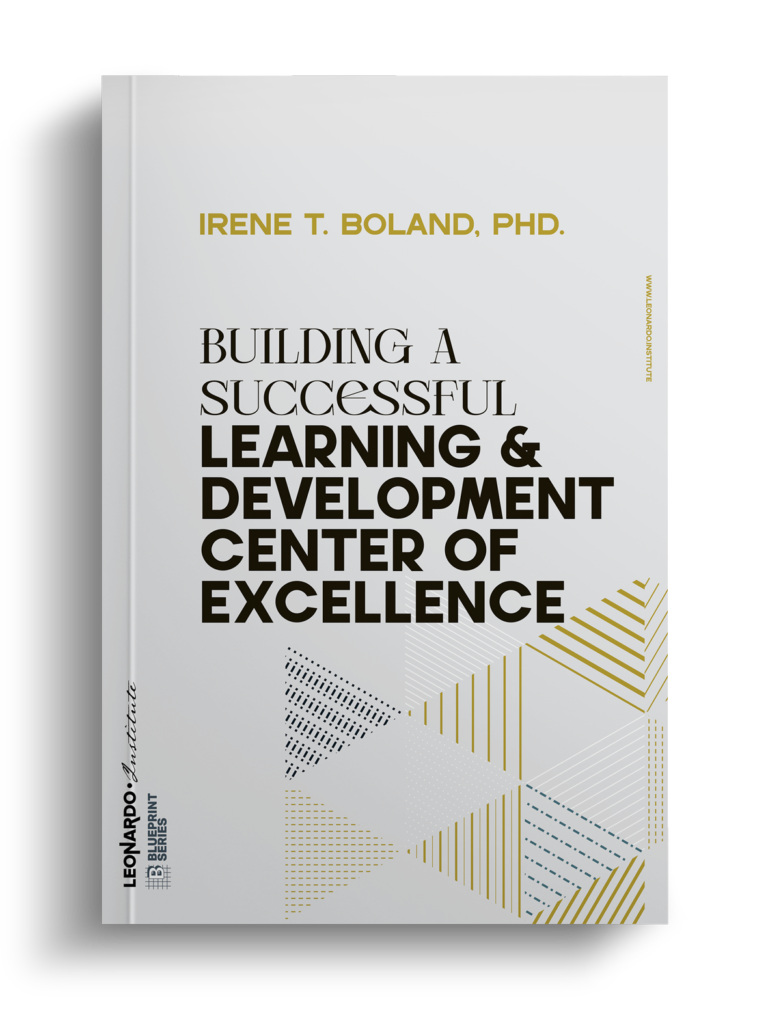Understanding and implementing effective disability inclusion strategies is crucial for workplace learning professionals. Here are 5 specific examples of industry-leading companies, illustrating how they’ve successfully integrated disability inclusion into their corporate culture. Each example offers valuable insights into accommodating employees with disabilities, fostering an inclusive environment, and leveraging these strategies for organizational success.
Accenture – Pioneering Disability Inclusion with the Accommodation Support Tool
Accenture stands out in the IT and consulting sector for its commitment to employing persons with disabilities. With a workforce of 738,000 and annual earnings of 61.6 billion USD, Accenture’s culture of inclusion is buttressed by over 39,000 Disability Inclusion Champions. The company has focused on providing easy-access reasonable accommodations globally. Launched in late 2019, the Accommodation Support Tool in Accenture is now available in 43 countries, allowing employees to request necessary accommodations through an accessible and centrally funded process.
The tool is a part of Accenture’s main support page, enabling employees to easily create requests for accommodations without prior approval. Each request is managed by a case manager who ensures compliance and timeliness. Accenture’s approach highlights the importance of easy access to accommodations, the role of inclusion champions, and the extensive reach of their initiatives.
Accor – Raising Awareness with World DuoDays
In the hospitality industry, Accor, with 300,000 employees and annual earnings of 4.6 billion USD, has taken significant steps towards disability inclusion through its World DuoDays initiative. Coinciding with the International Day of Persons with Disabilities and the European Disability Employment Week, Accor launched this initiative globally in 2022. It offers employees a chance to share their work with individuals with disabilities for feedback, fostering mutual understanding and awareness. The initiative, supported by communication kits and collaborations with organizations of persons with disabilities, underscores the importance of disability awareness training, effective communication, and active collaboration in creating an inclusive workplace.
Adecco Group – Embracing Conscious Inclusion as a Strategic Pillar
The Adecco Group, a leader in the recruitment sector with 38,000 employees and annual earnings of 24.8 billion USD, integrates conscious inclusion into its strategic agenda. The company’s Future@Work series allows leaders to share insights on creating an inclusive workplace for people with disabilities. Adecco’s approach includes mandatory training for all employees, focusing on inclusive language and open dialogue. Furthermore, the company has developed an accessibility guide for using and creating accessible materials and tools, ensuring that opportunities are accessible to everyone. The use of disability data for strategic decision-making and measuring the impact of inclusion actions highlights Adecco’s commitment to structural and conscious inclusion, inclusive leadership, and accountability.
Atos – Integrating Accessibility into ESG Efforts
Atos, an IT company with 109,000 employees and annual earnings of 11.4 billion USD, incorporates accessibility into its environmental, social, and governance (ESG) efforts. The company’s eco-design approach includes inclusive and accessible design elements, reducing resource consumption while improving accessibility. Atos’s structured program spreads knowledge about accessibility throughout the business and includes collaboration with internal and external partners. This approach demonstrates how accessibility can be embedded in corporate culture and governance, driving cultural change and celebrating diversity.
AXA – Fostering Neurodiversity and Accessibility
AXA Investment Managers, part of the AXA Group with 149,000 employees and annual earnings of 110.0 billion USD, is committed to making the workplace more disability-inclusive. In 2022, AXA IM joined the 10,000 Able Interns Programme in the UK, offering internships to students with disabilities. The program included partnerships to raise awareness about neurodiversity and provide specific support based on individual needs. This initiative exemplifies AXA IM’s dedication to unlocking career opportunities for people with disabilities and creating an inclusive environment for neurodivergent individuals.
Put it to Work
To apply these insights in your workplace, consider adopting similar tools and programs. Start by assessing your current disability inclusion practices and identify areas for improvement. Implement accessible technology solutions, provide disability awareness training, and establish partnerships with disability organizations. Encourage open dialogue about disability inclusion and create opportunities for shared experiences among employees.
The Takeaway
The examples from Accenture, Accor, Adecco Group, Atos, and AXA highlight the significance of comprehensive disability inclusion strategies in the workplace. By adopting similar approaches, you can enhance your organization’s inclusivity, foster a culture of belonging, and effectively accommodate employees with disabilities. Remember, an inclusive workplace is not only a moral imperative but also a strategic advantage.


